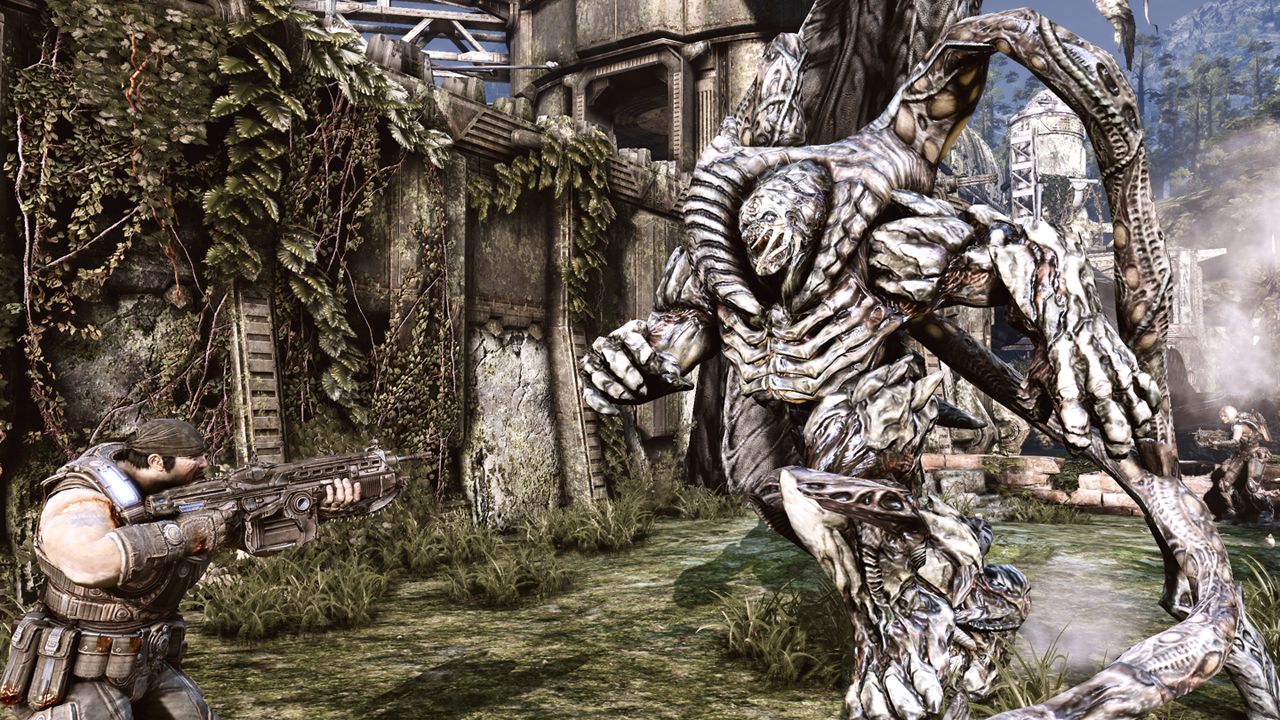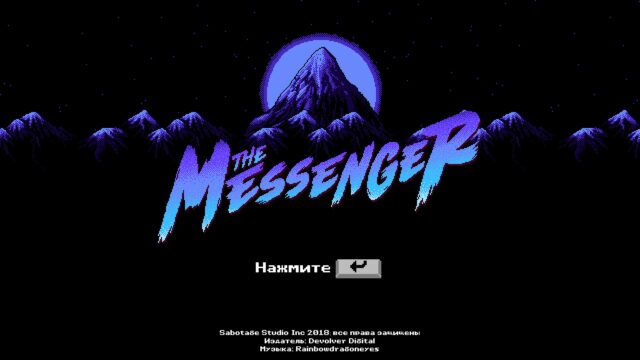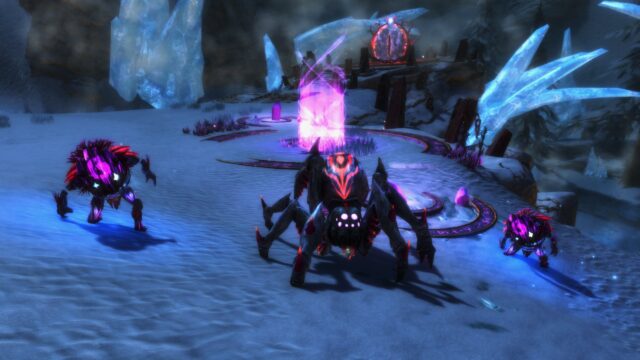Xbox 360: Gears of War 3 Review

If you have or have ever had an Xbox 360, then you definitely played one of the parts of the Gears of War series. You just had to; the “epic” third-person shooter is one of the flagship titles of the console alongside Halo. The main game series of the new generation consoles have replaced the popular mascots everywhere (and once on home consoles). Xbox 360 is Gears of War, and Gears of War is Xbox 360.
In theory, the release of the third part of the series should have been anticipated by all owners of the Microsoft box. We should have expected the signature gameplay, familiar characters, another dose of the story of humanity’s survival in the conditions of another space post-apocalypse, the promised intense multiplayer, and just a celebration of life for any person who is passionate about video games. And Epic delivered it to us. Or rather, they delivered to the market exactly the product they intended to release.

Circle three
We are once again following Marcus Fenix and his comrades in battle. Since the last encounter between gamers and brave soldiers, the situation on Earth (no matter what the scriptwriters call it) has generally only gotten worse: there are reinforcements in the ranks of the Locust and the Lambent, the remaining survivors are barely managing to survive, and Fenix suffers from a professional ailment of video game characters, nightmares. He wakes up – fights, falls asleep – fights again. Luckily, one fine day, the government, which was presumed dead in the second part of the series, returns to the survivors in the form of the miraculous Richard Prescott. It turns out that Marcus’ supposedly deceased father is alive, relatively healthy, and even wants to make contact, but…
Strictly speaking, the plot twists of the third part of GoW don’t exactly put the gamer to sleep, but they certainly induce yawning. The clichés are understandable, as they are unavoidable everywhere, but the resurrected father-scientist, another ragtag apocalypse, and tragic deaths (or one death?) are put together in a rather foolish manner. The sluggishness of the overall plot is saved by individual episodes: fortunately, the local comedians haven’t lost their sense of humor in the post-apocalypse, and the tough, serious fighters, in between shouting “go!” and “let’s split up!” – because it’s cooler to fight alone – and “forward!” occasionally deliver strong lines, while the virtual camera carefully captures picturesque angles.
Except for the moments when the character, crouching, rushes from one cover to another. Yes, Fenix continues to fight in the old-fashioned way: resisting the impossible “dynamic” camera, he dashes to the nearest large crate, reloads in time with the game’s rhythm, sticks his gun out from behind a corner/broken car/wall for a couple of seconds, throws a grenade depending on the situation, and repeats. Sometimes (the higher the difficulty level, the less often – by the way, this is most likely the only major difference between difficulty levels in terms of gameplay style) you can bravely rush to the forefront and engage in hand-to-hand combat with the Lambent.

Sometimes you have to go against common sense. For example, in one of the early missions, you have to clear out the Lamberts from a building. There are two entrances – on the second floor and on the first floor. What does our brave team do? That’s right, they decide to split up. Instead of rushing upstairs together and gaining an obvious advantage over the monsters below. Even worse, it’s unclear why they would divide the team so that one part goes five meters to the left of the pile of garbage, and the other goes five meters to the right.
One of the highly praised innovations by the developers are the exoskeletons that appear in the levels. They are supposed to diversify the not very varied gameplay and they do their job, but only to a certain extent. The main difference between the traditional trench warfare of GoW and piloting different mechs is the fact that you no longer have to hide. Let’s be honest, Warhammer 40,000: Space Marine With the local jetpack, it was possible to greatly improve the monotonous shooting.
At the same time, during the game, there is no feeling that the single-player campaign of GoW3 is being completed on its own. So you sit behind a concrete fence: your teammates are shooting at the Locust, shouting something, and you can calmly sit and sip tea. Well, if you want to be a hero, then you can come out of cover and fight yourself. Dying in the harsh world of the future is not easy – not only do the main characters regenerate health like fantasy trolls, but also in case of serious injury, a brother/sister in arms will likely come to you and inject a dose of additional hit points. In short, Gears of War 3 cannot be missed not only because it is one of the main releases of the year, but also because of its low difficulty.

We are looking around
Gears of War 3 is traditionally good-looking. You have already seen cool graphics, you have already seen the war-ravaged and disaster-stricken land and the war with the Locusts, but the pompously walking soldiers through what remains of the cities, uniquely adapted to the new existence of the mutated nature, still impress. The large-scale action scenes are also top-notch – monsters bursting out from underground, buildings collapsing, a struggle for survival everywhere. Of course, there aren’t too many breathtaking large-scale battles in the game, mainly Marcus Fenix and his comrades have to march through a relatively boring (nothing falls with a crash, nothing explodes, except for something constantly coming out of the ground) hostile territory.
The series’ familiar flaw, when everything is covered in brown paint and drowned in dust and sand, remains in place, but it would be silly to complain about it in the case of Epic’s creation – what did we expect from the third part? That the agonizing Earth would bloom with vibrant colors and Marcus would dye his hair in some toxic green color? Maybe it would have been better, but not in the third part of the series, which, among other things, must maintain a fairly clear continuity and recognizability.
True, similar excuses can be made for any other series of brown-stained FPS and TPS. Monotonous shooters that are annoyingly repetitive. I don’t want to hear a word about realistic war in authentic settings from action game developers with instant health regeneration. But we all understand that until some top project has a resounding failure, no one will repaint their games, right? Or do we need a new resounding hit with a fundamentally different exterior? In any case, it’s your vote with your money. Show some character, don’t buy the upcoming Call of Duty and Battlefield, ha-ha.
The sound design nicely complements the overall picture called “The same old, the same old.” The actors play decently, the weapons shoot somewhat impressively, the music also represents something. Sort of. As mentioned above, the pomp is somehow lost behind another flat plot and cheerful but often mundane dialogues of the characters, the local music doesn’t save the situation and, in my humble opinion, doesn’t even try too hard. Gears of War 3 cannot boast of a serious soundtrack, but the overall quality level in this aspect is not lacking in the game.
The second novelty of Gears of War 3 – don’t laugh – is the Survival mode, in our case called Horde. Before the game’s release, Epic boasted about how cool the Survival modification of the game is, the wonders of cooperative teamwork and bringing ammo to mechs. And in general, if you don’t pay attention to the anecdotal nature of the developers’ advertising messages, Horde is really enjoyable, as it is well-executed.
The traditional multiplayer mode, of course, hasn’t gone anywhere. Perhaps die-hard fans of shooting frags on Xbox Live will disagree with me, but the classic online mode hasn’t gone anywhere, it hasn’t even moved. Here, continuity only benefits the project – if something isn’t broken, there’s no need to fix it, especially in online battles.

And nevertheless..
Despite all the above-mentioned criticisms of the third installment of the flagship series from Epic Games, it is important to keep one thing in mind. While the sequel may have lacked significant gameplay development, Gears of War 3 remains a very well-crafted top-tier action game, and the $60 spent on the disc will definitely be worth it in one way or another; with one caveat – purchasing GoW3 is justified if you are initially open to trying out the new addition.
Regardless of the game’s quality, GoW3 is simply another sequel that relies on ideas from 2006. While this high-budget third-person shooter was highly recommended for all Xbox 360 owners back then, gamers who prefer, for example, sports simulators or Kinect games, can easily pass on GoW3 without missing out on anything. Gears of War works excellently within its broad, yet already limited niche, and many have grown tired of the overall action style of the late 2000s.
If the third installment of the series has said its final word in its current form, then all is well. GoW fans got their fix, Epic released another profitable project, and Microsoft’s console received another excellent exclusive. However, the more developers pull on the same strings, the more the motivation wears thin. Gears of War, we love you, Gears of War 3, we like you, let’s part ways as friends.
Share
Discuss
More Reviews





